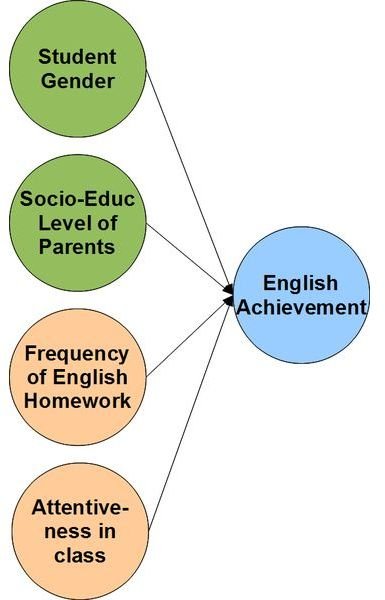Total Immersion Language Learning: Five Key Elements of Successful Programs for Kids and Adults
Why Does Language Immersion Work?
Do you recall the days of high school German, French or Spanish? Do you remember the night school course in conversational Spanish, which was supposed to get you ready for your summer trip to Andalusia? The odds are good that these language lessons were filled with grammar drills, vocabulary sheets, pop quizzes and forced conversation concepts that had little bearing on real world situations.
Language immersion programs are the antithesis to these learning styles. Where plenty of lessons and primers have failed, these programs succeed by breaking down what the Journal of American Indian Education defines as “barriers to language retention.” Most notably of these are:
- Out-of-context vocabulary words. Relying on a communicative skill-building as opposed to lesson-specific word groupings helps language learners to pick up not only situational vocabulary with ease, but it also highlights nuances of expressions.
- Over-correction. Within an educational setting, an instructor may consistently correct the pronunciation of words or the misuse of a noun or verb. Within a communicative style, students frequently self-correct after hearing other learners use terms correctly.
- No practice opportunities. Unless the target language is spoken in the home or by a circle of friends, there is no opportunity outside of the classroom to practice actually conversing. With full immersion language learning, students spend a large chunk of the day conversing in their target language.
The 5 Components to Second Language Learning Success
To make the most of second language learning opportunities, immersion programs must feature at least five elements that are synonymous with a successful setup.
- Clearly defined program options. The learner must buy into the concept of immersion learning. A student who has misgivings about a full immersion program can still benefit from a partial immersion option instead. There is little to be gained by operating a full immersion program, but permitting some students to break with the format halfway through the day. Both options are viable, but must be operated separately as clearly defined, stand-alone language learning options.
- English integration is planned. The Center for Applied Linguistics showcases how elementary schools may offer foreign language immersion programs at the K-12 level with planned English language learning. In this model, the target language is used exclusively for all instruction in the lower grades, while English is introduced – for one period per day – during grades two, three or four. By grades five or six, both the target language and English are used half and half throughout the day for all subjects.
- Instructors are fluent in both English and the target language. It is not necessary for the teacher to be a native speaker in the foreign language. Nevertheless, it is crucial for the instructor to speak both languages like a native, and to have formed good speaking habits in the non-native tongue.
- Teachers communicate on various levels. Body language, gestures, facial expressions and exaggerated responses are just some of the means by which instructors communicate the meanings of words, phrases and nuanced meaning of idioms to pupils. I remember very well how my first foreign language teacher in fifth grade refused to speak in any language other than the target language. She would converse with us slowly, with expression and with eye contact. Re-phrasing, gesturing and applause were part of her repertoire. It worked beautifully. In contrast, my second foreign language teacher relied on vocabulary lists, endless grammar rule sheets and pop quizzes for learning to take place. It was a lesson in futility.
- Summer language immersion programs target speaking rather than instruction. These programs are frequented by adults and college students. It is a mistake to plan on holding educational lectures for long periods of time. Instead, there must be a strong emphasis on interaction between the tutor and the adult learner. Groups must be small and use of one’s native language should be forbidden, even between students. It may be of value to combine native speakers of different languages in one group setting to help focus on the target language and reduce the temptation to fall back on the native language for chitchat.
Parent Goals

The goal of total immersion language programs is the creation of bilingual speakers. When the learners are children, parents in the home must be committed to the program for the long haul. Parents must educate themselves and learn that the child’s ability to become fully proficient in English may lag behind a bit for a while, but in the end the ability to converse bilingually actually enhances the youngster’s English abilities. Moreover, parents must maintain the child’s grounding in English – via reading aloud and playing games in English – for the bilingual learning to be truly successful. Adults should self-impose a ban on English for the duration of their immersion experience; it will deepen the impact of the target language and force the learners to look for new avenues of communication.
References
- Photo Credits: “Heritage Language Learner” by Schmierer/Wikimedia Commons via public domain license; “English Achievement Model” by Jtneill/Wikimedia Commons via Creative Commons Attribution 3.0 license
- Center for Applied Linguistics
- Journal of American Indian Education
